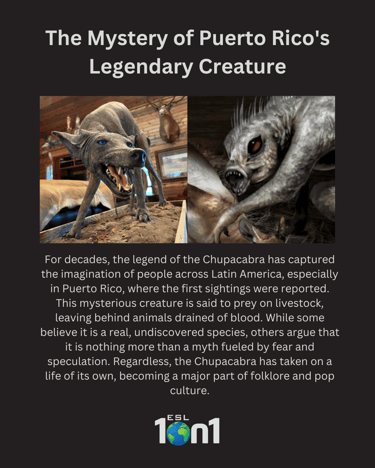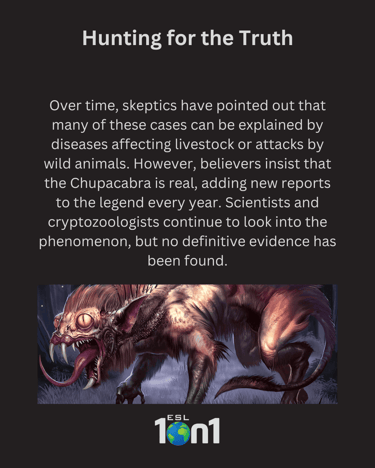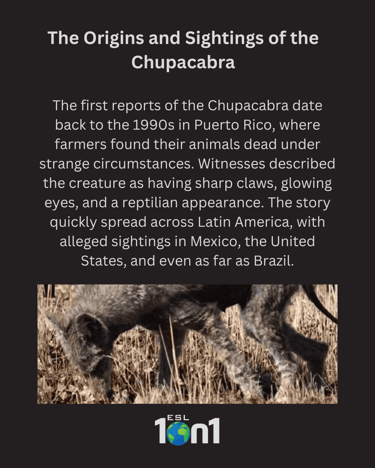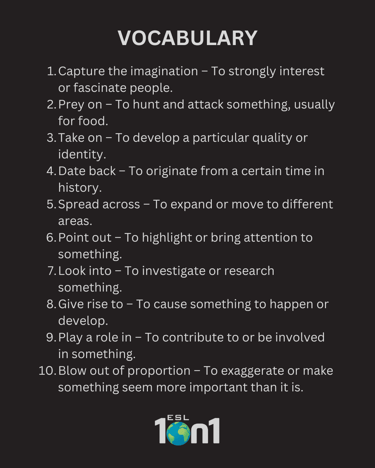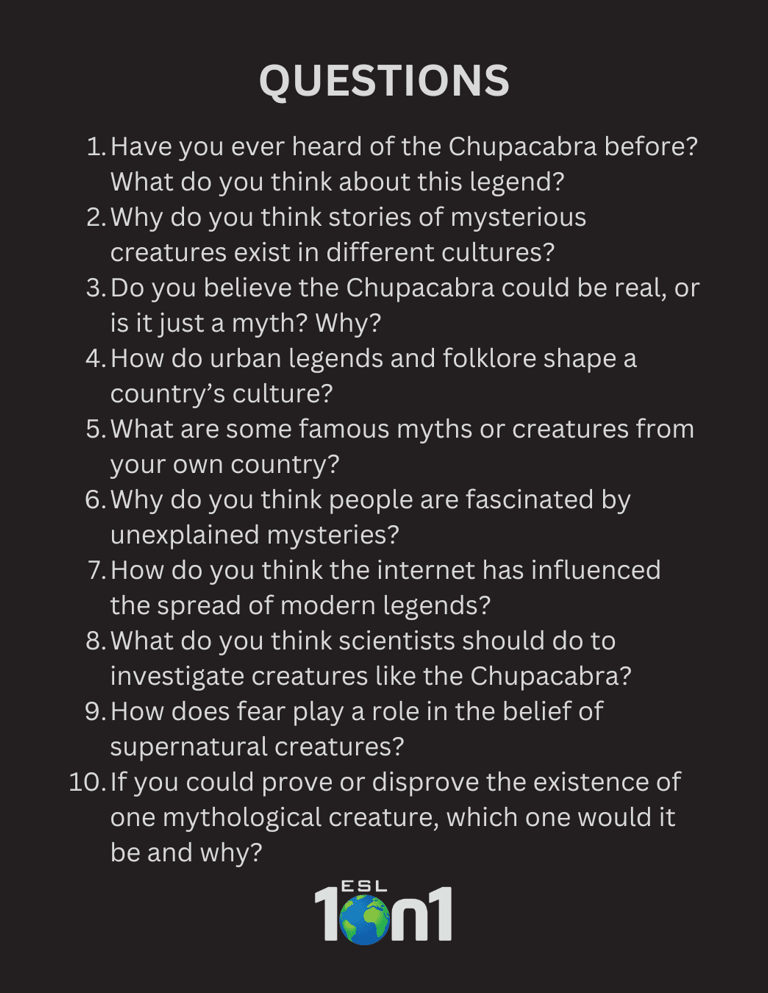
My Vicarious Jigsaw
I see the world as a vast jigsaw puzzle, with each piece representing a different culture, tradition, or way of life. Through my students, I’ve had the privilege of collecting these pieces—stories, insights, and perspectives that shape a richer, more complete picture of our world. As memory fades, I’ve decided to preserve and share these pieces here. Join me in exploring the world through English, using language as it’s meant to be used: for connection, understanding, and discovery.
Instructions:
Read the Article Carefully
Begin by reading the short article to get a general understanding of the topic. Pay attention to the main ideas, key details, and the tone of the passage.
Study the Vocabulary and Expressions
Review the list of useful phrasal verbs and expressions. Make sure you understand their meanings and how they are used in context.
Apply the Vocabulary
Practice using the new vocabulary in your own original sentences. Try to make the sentences meaningful and related to your own experiences if possible.
Respond to the Discussion Questions
Answer the open-ended questions thoughtfully and in complete sentences. These questions are designed to encourage personal reflection and promote speaking or writing fluency.
Optional Speaking Practice
If you're working in a group or with a teacher, use the questions to guide a conversation. Focus on pronunciation, clarity, and using the vocabulary naturally during discussion.
Walking the Camino de Santiago: A Journey of Faith and Discovery
For centuries, El Camino de Santiago has drawn pilgrims seeking spiritual growth, cultural exploration, or personal challenge. This historic route leads to Santiago de Compostela, where Saint James is believed to be buried. With multiple paths winding through Spain’s diverse landscapes, travelers embark on a journey of endurance, reflection, and connection, embracing both the physical challenge and the deep sense of community along the way.

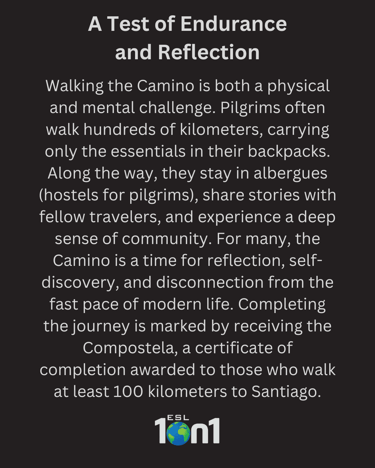
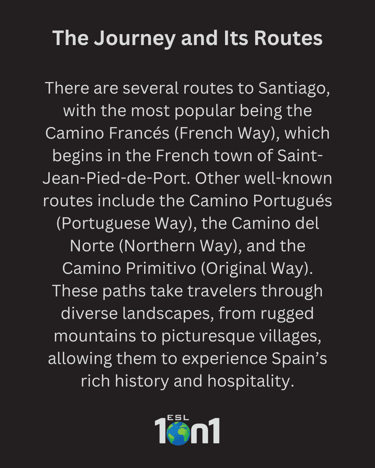
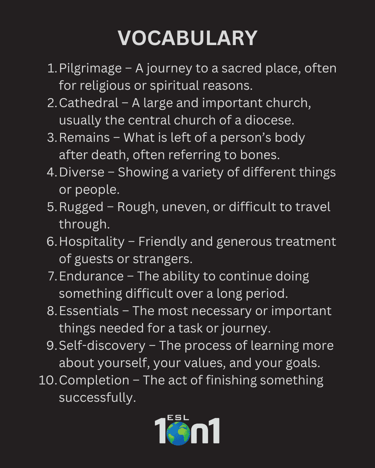




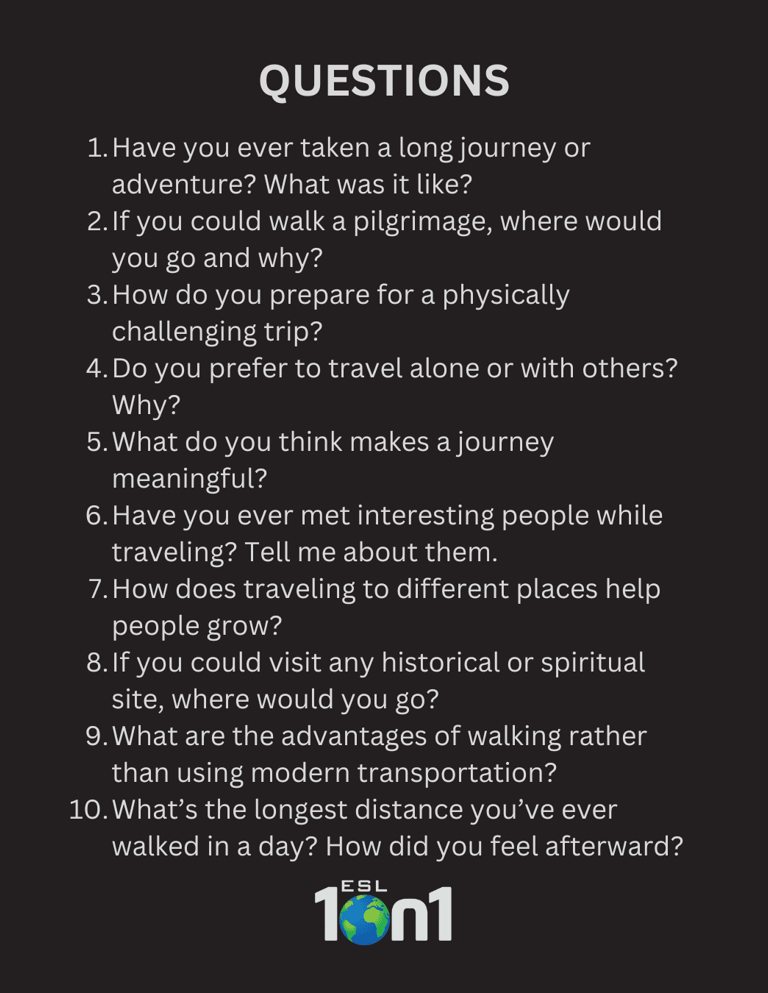

The Burial of the Sardine: A Playful Goodbye to Carnival
In Spain, El Entierro de la Sardina marks the end of Carnival with a mock funeral, bidding farewell to indulgence before Lent begins. Mourners, musicians, and costumed figures parade through the streets, carrying a symbolic sardine to be buried or burned—a satirical farewell to excess and vice. Celebrated in cities like Madrid and Murcia, this tradition blends humor, spectacle, and reflection.
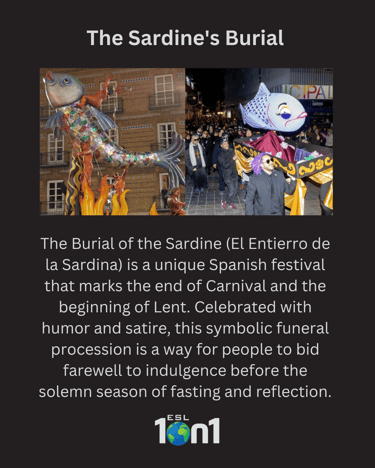
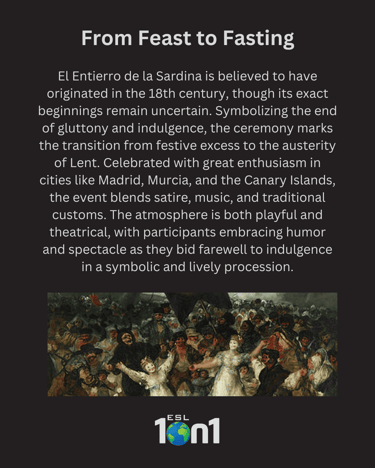
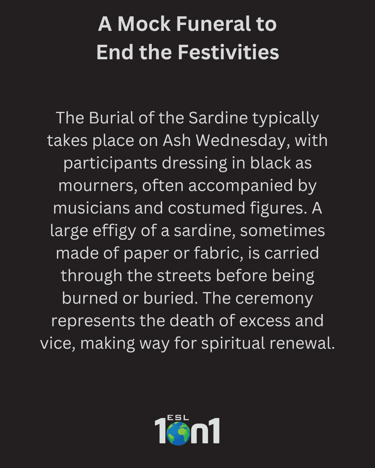
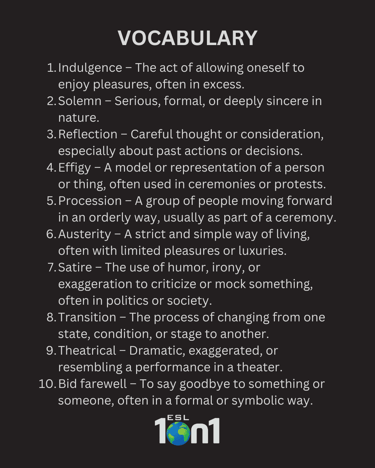




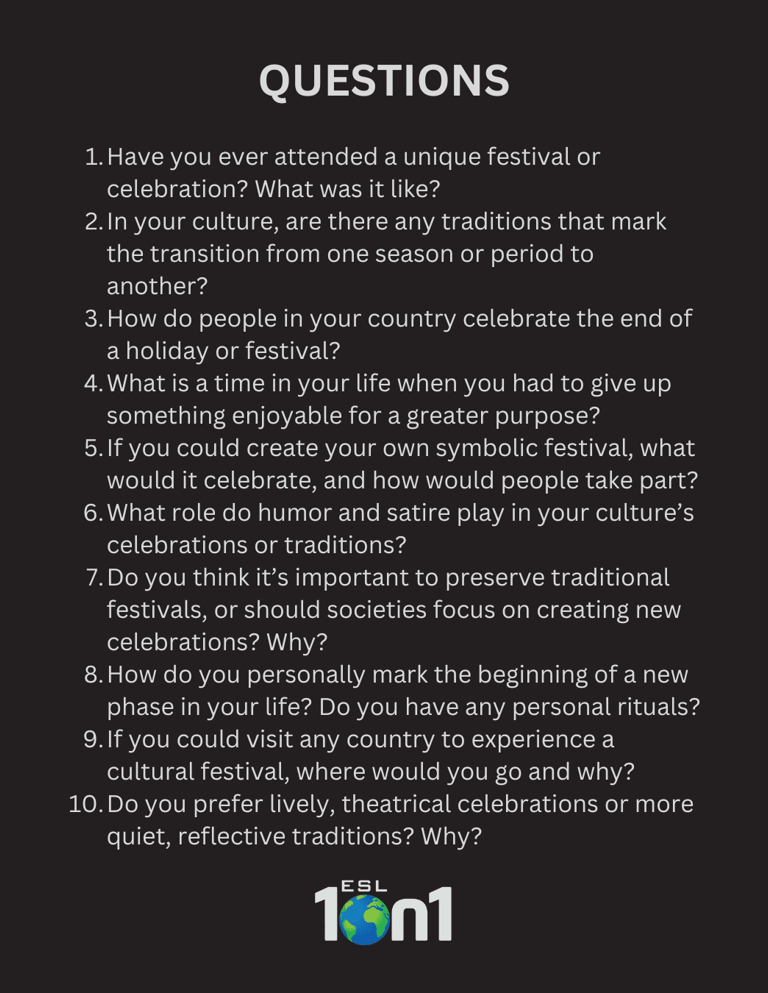

Why You Shouldn’t Bring Wine to a French Dinner Party
In France, bringing wine to a dinner party isn’t always the thoughtful gesture it seems. While common elsewhere, it can be seen as questioning the host’s wine selection—a key part of the meal experience. Instead, opt for flowers, chocolates, or a quality dessert as a more culturally appropriate gift. However, if the host asks for wine, always check what they prefer first!
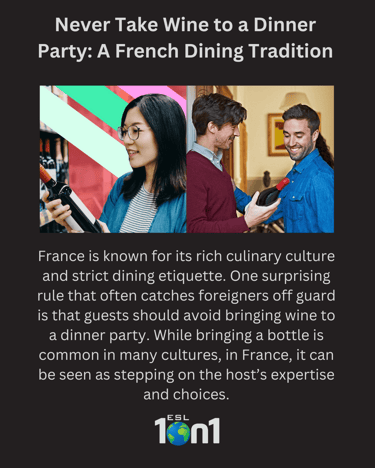

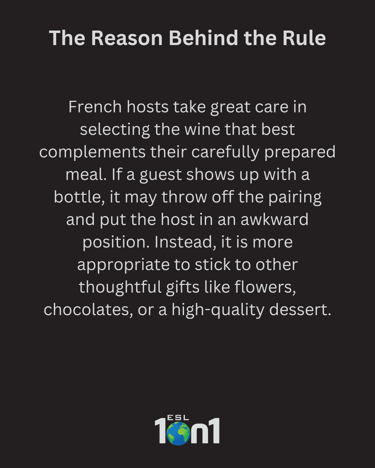





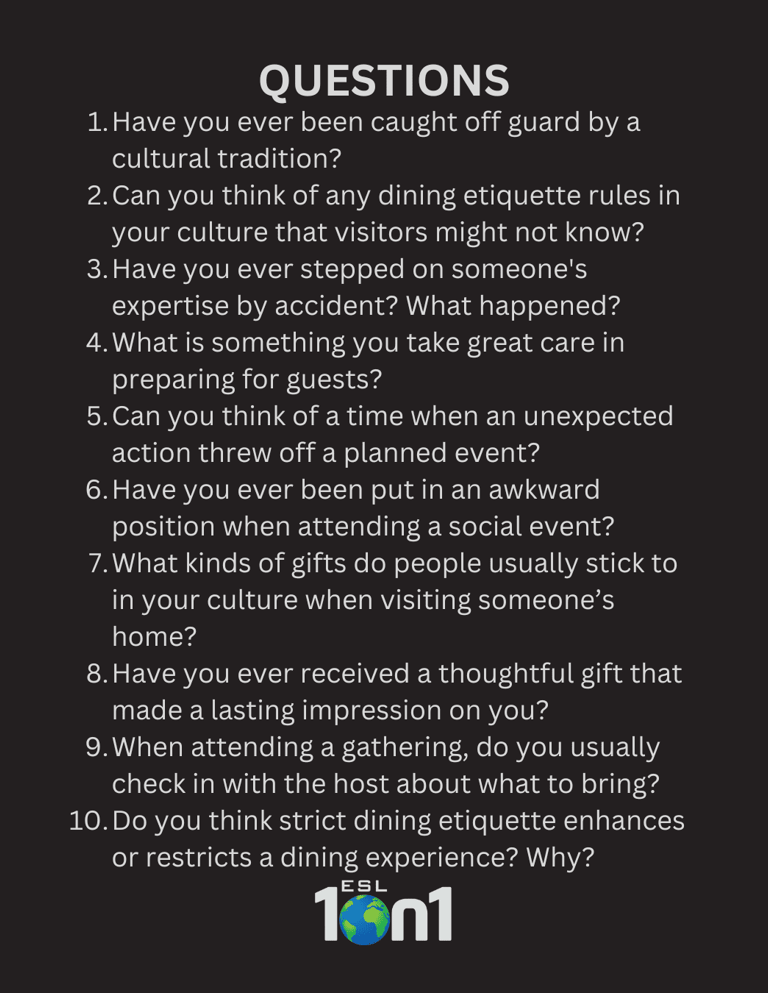

Why Clocks Make Unlucky Gifts in China
In Chinese culture, giving a clock as a gift is considered bad luck, especially for elders. The phrase for "giving a clock" (送钟, sòng zhōng) sounds like "attending a funeral," linking it to death and misfortune. To avoid this superstition, people opt for gifts like tea or fine writing materials instead. However, if you receive a clock, offering a small payment in return can turn the bad omen into a harmless exchange.
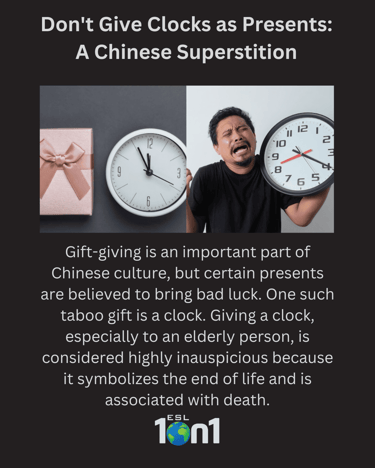

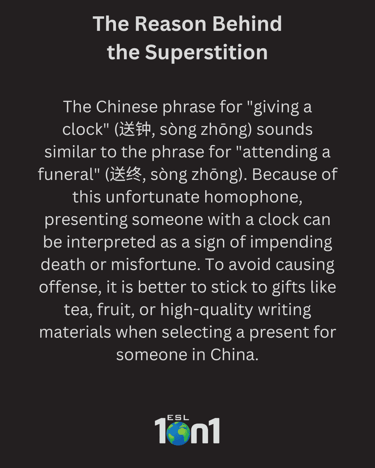
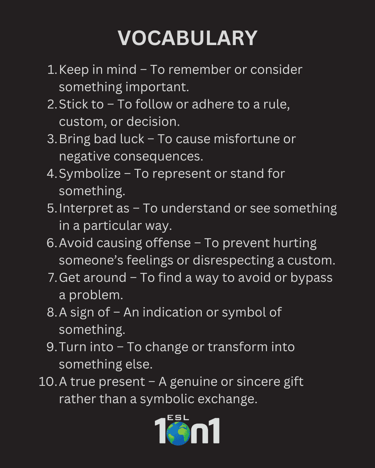




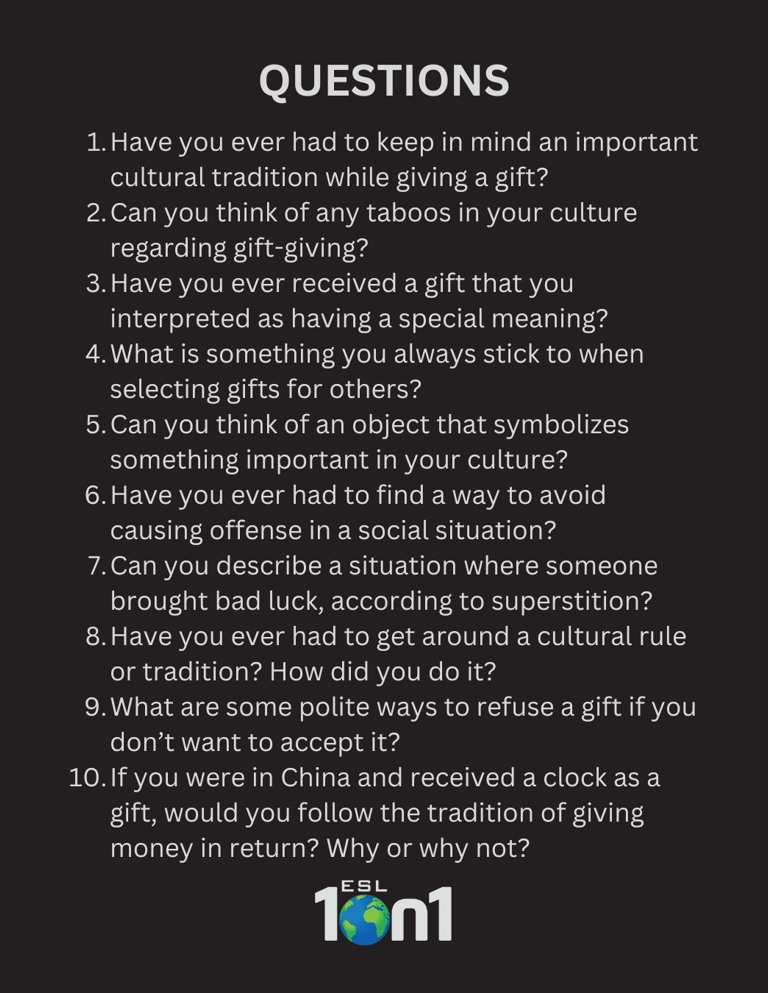

Ordering Steak in Florence? Don't Ask for Well-Done
In Florence, Italy, ordering a well-done bistecca alla fiorentina is a big no-no. This iconic T-bone steak, made from prized Chianina beef, is traditionally served rare or medium-rare to preserve its rich flavor and tenderness. Overcooking it is considered a waste of top-quality meat—some chefs may even refuse! Instead of changing the tradition, embrace the local way of enjoying this Tuscan specialty.
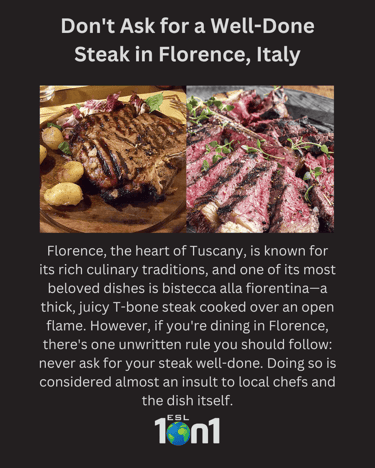

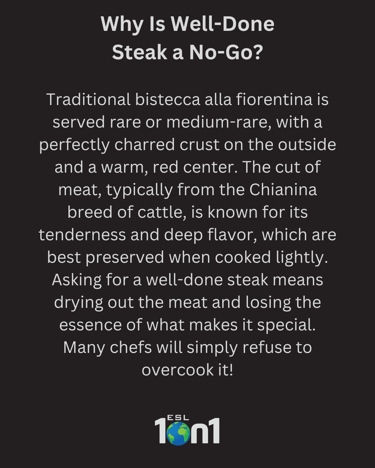
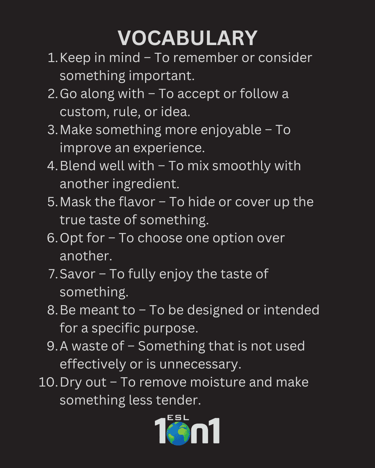




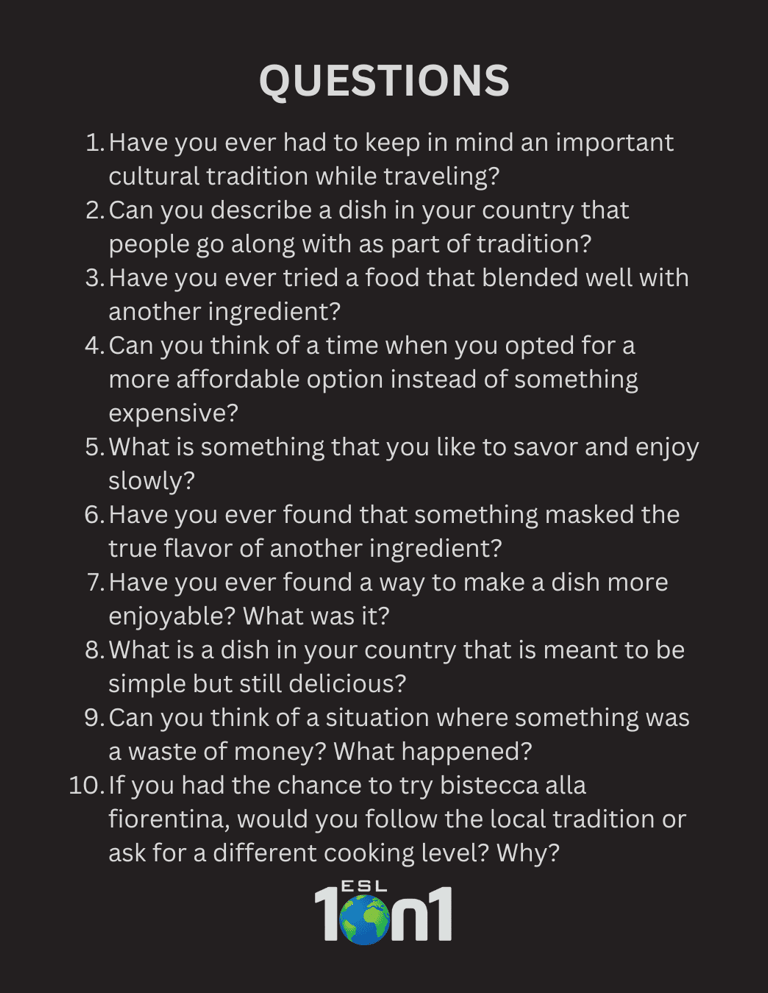

The Golden Rule of Tinto de Verano: Skip the Expensive Wine
Tinto de Verano is Spain’s beloved summer drink—a chilled mix of red wine and soda that’s perfect for hot weather. But here’s what many don’t realize: you’re not supposed to use expensive wine! Why? Because this casual, refreshing drink was designed to make the most of affordable reds, not fine vintages.
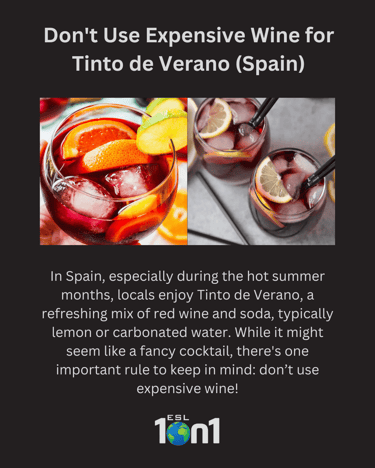


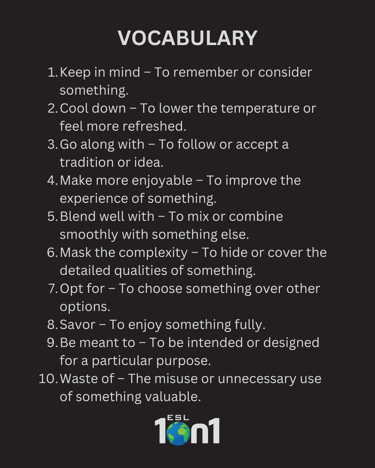




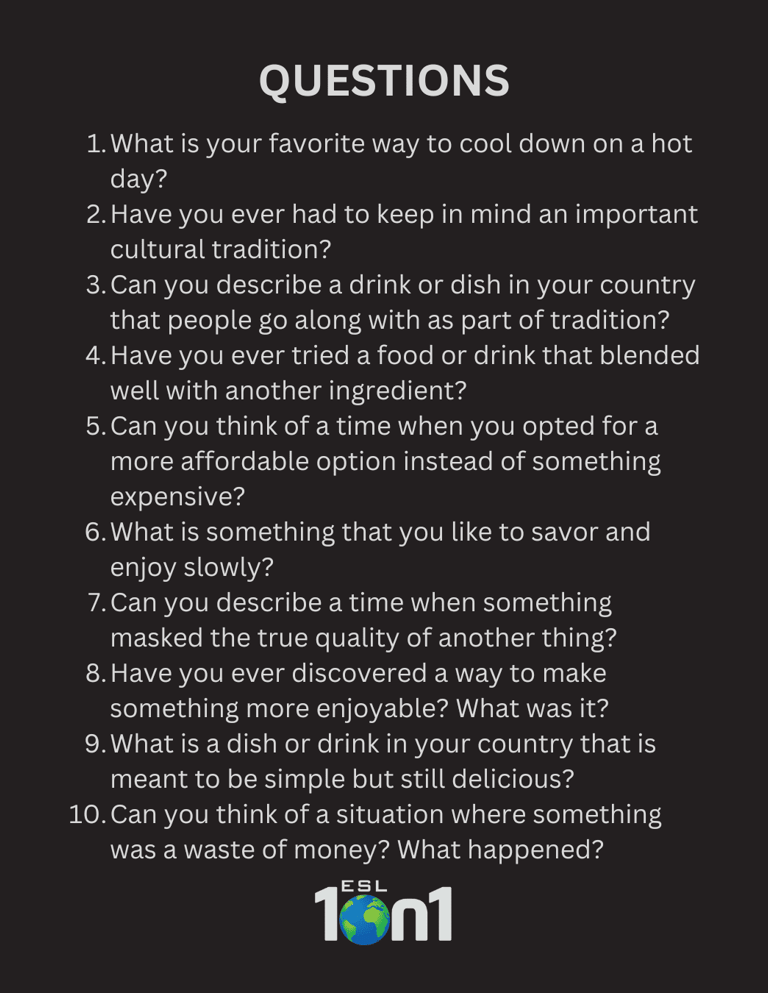

Genghis Khan and the Great Wall: A Battle of Strategy
The Great Wall of China was built to keep out northern invaders, but for Genghis Khan, it was just another obstacle to overcome. Instead of attacking it head-on, he outmaneuvered its defenses, leading the Mongols to conquer northern China. His successors took this further, culminating in the Yuan Dynasty. A testament to both Mongol strategy and the limits of even the grandest fortifications.
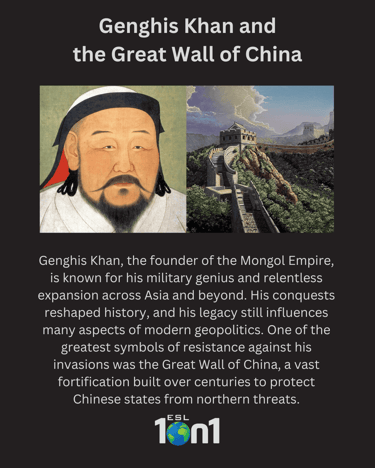
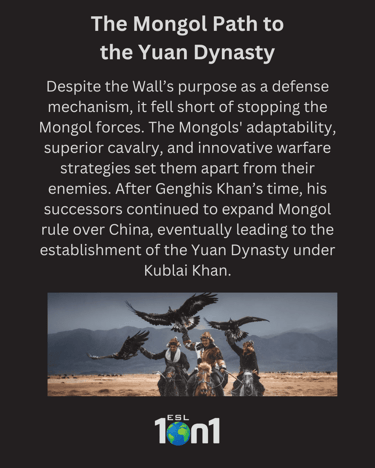
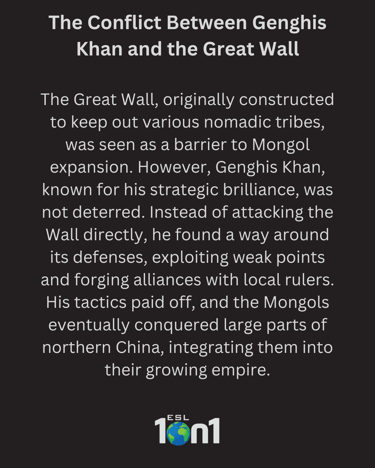
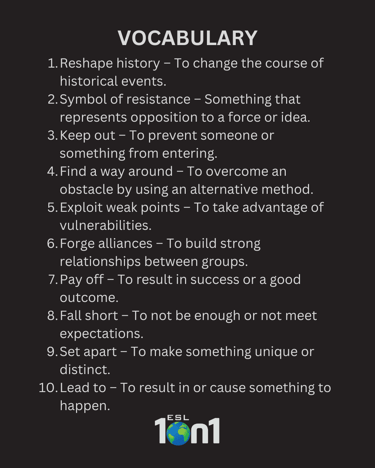




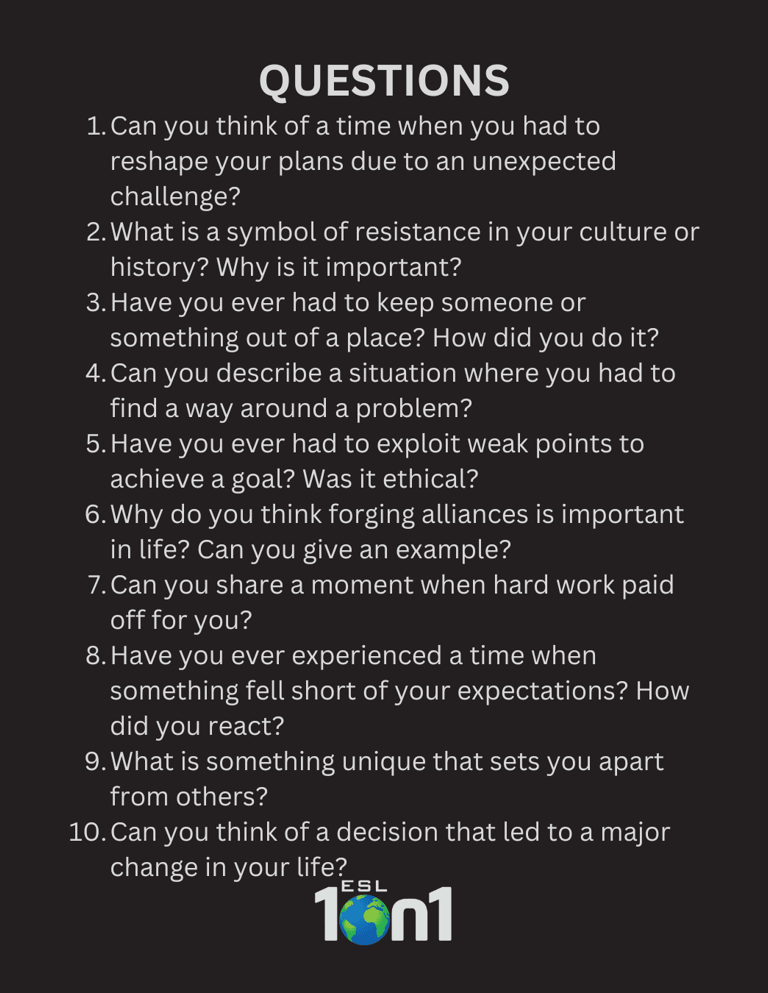

The French Revolution: A Fight for Liberty and Change
The French Revolution (1789–1799) reshaped France and the world, toppling the monarchy and championing democratic ideals. Economic struggles, social inequality, and Enlightenment ideas fueled the uprising, leading to the fall of King Louis XVI and the Reign of Terror. Though chaotic, the revolution’s legacy lived on, inspiring movements for freedom and justice across the globe.
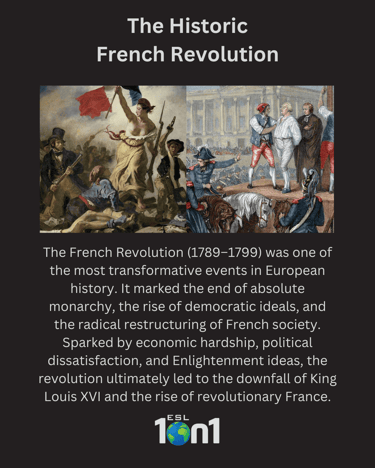
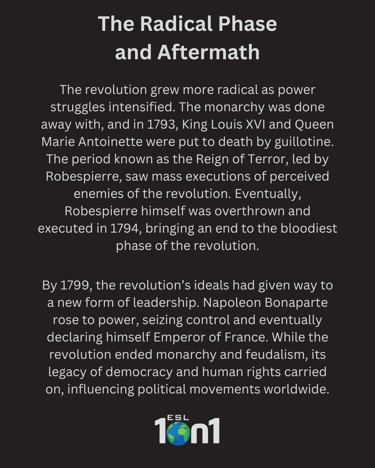
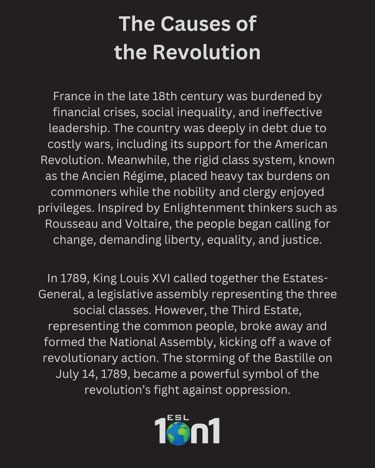
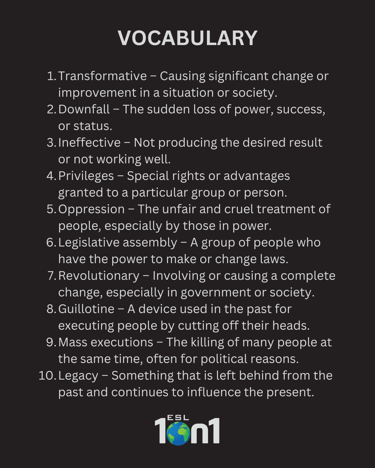




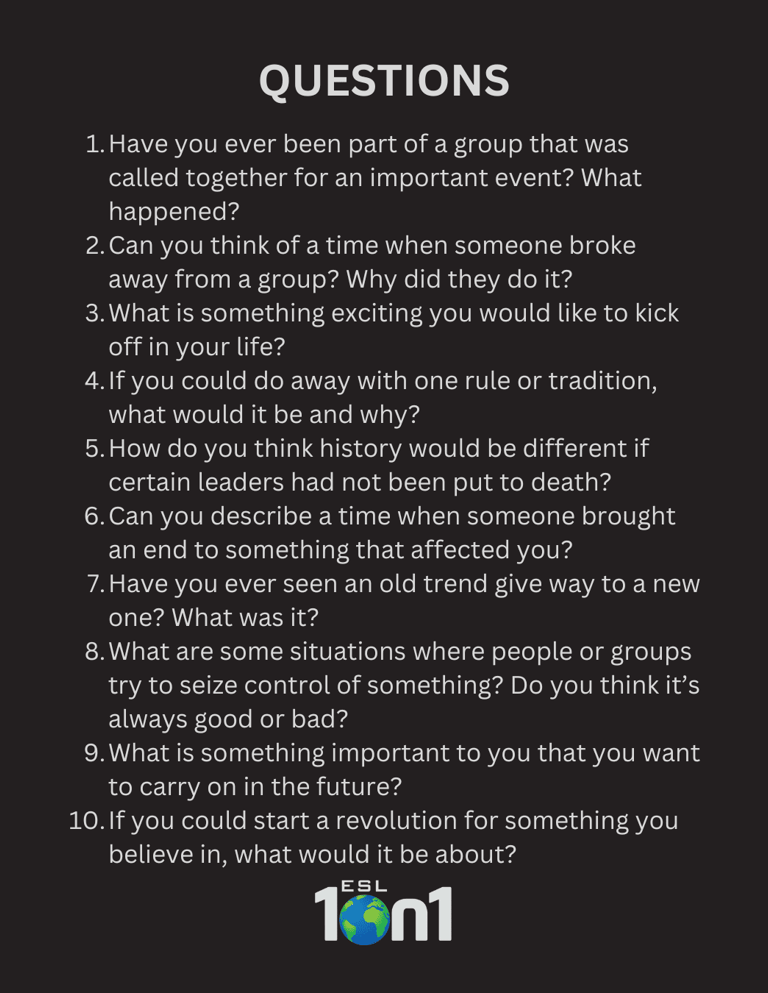

Día de los Muertos: A Celebration of Life and Memory
Día de los Muertos (November 1st & 2nd) is a vibrant Mexican tradition honoring departed loved ones. Families create ofrendas adorned with marigolds, candles, and favorite foods, while cemeteries come alive with music, stories, and celebration. Rooted in ancient beliefs, this festival embraces death not with sorrow, but with joy and remembrance.
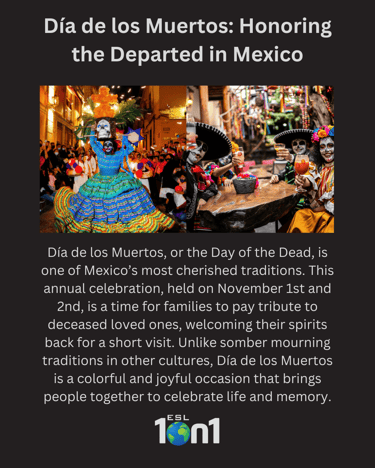
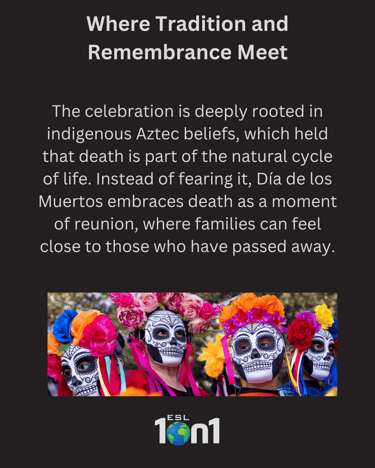
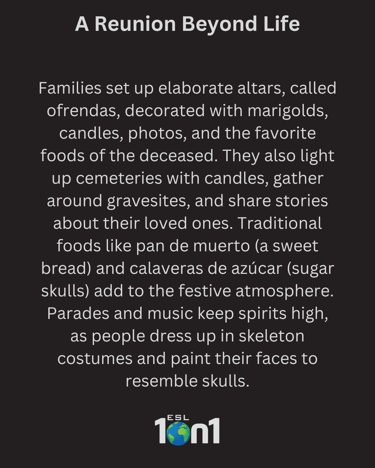
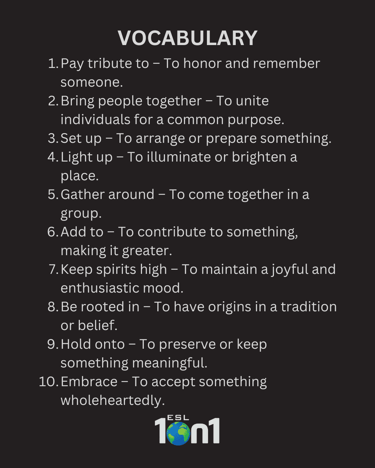




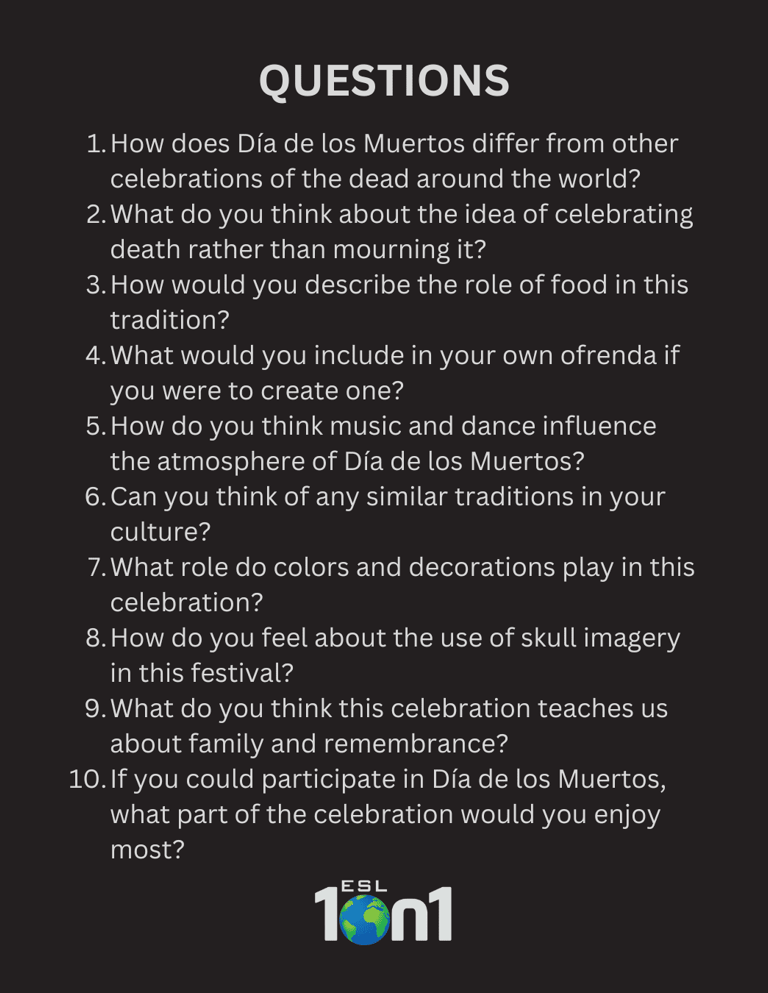

Ganesha: The Beloved Remover of Obstacles
Ganesha, the elephant-headed Hindu deity, is worshiped as the remover of obstacles and the god of wisdom and new beginnings. Rooted in mythology, his story symbolizes resilience and divine guidance. From grand celebrations during Ganesh Chaturthi to his presence in homes and businesses, Ganesha inspires success, patience, and perseverance.
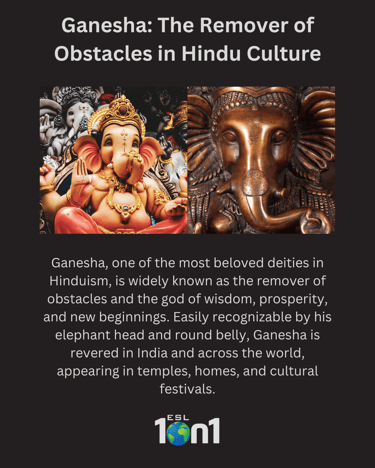
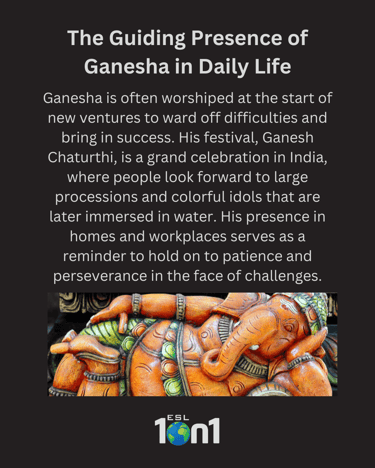
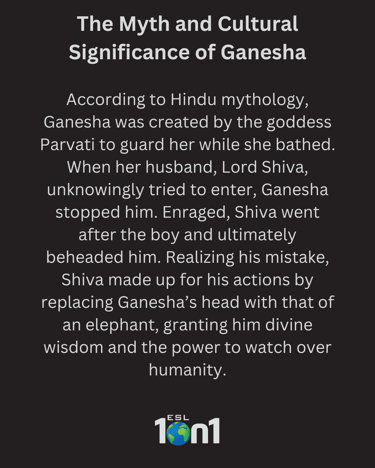
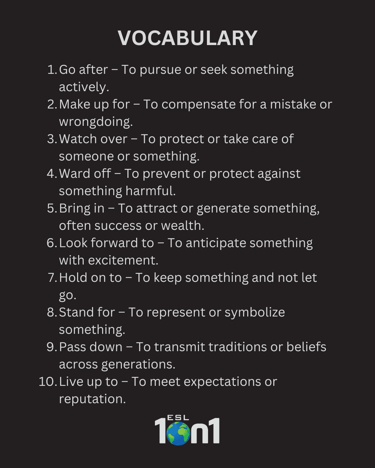




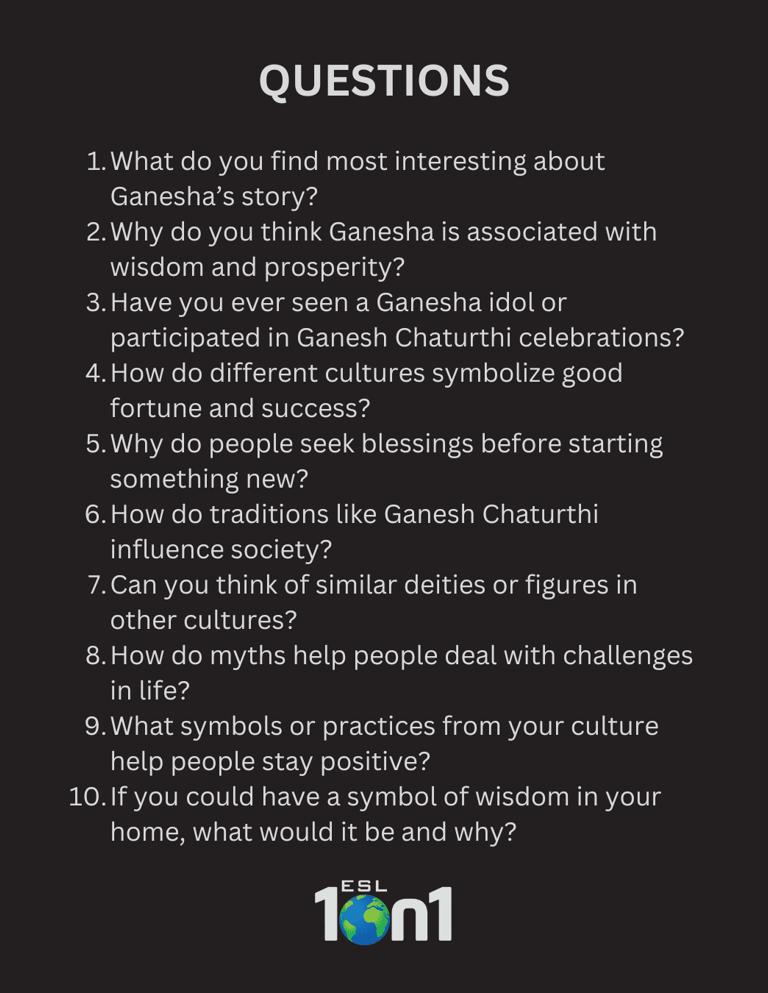

Pixiu: The Legendary Guardian of Wealth
Why is a mythical creature from ancient China still found in modern homes, jewelry, and offices? Meet Pixiu — the fierce, winged beast known for attracting gold and guarding against bad energy. This English learning set explores Pixiu’s legend, its cultural meaning, and the powerful language used to describe prosperity and protection.
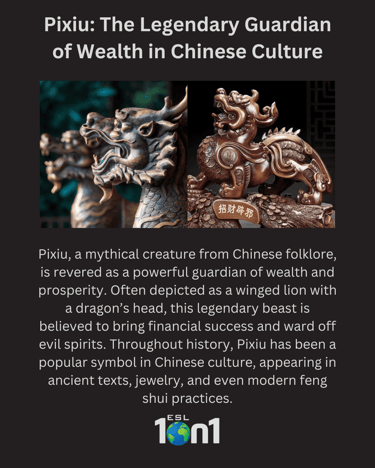
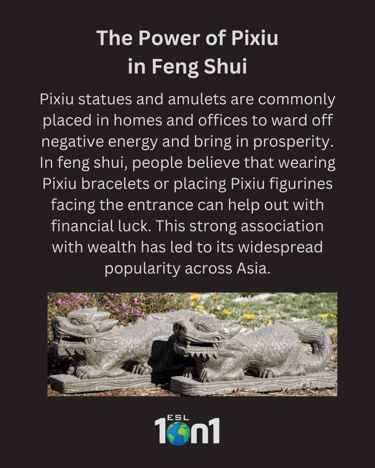
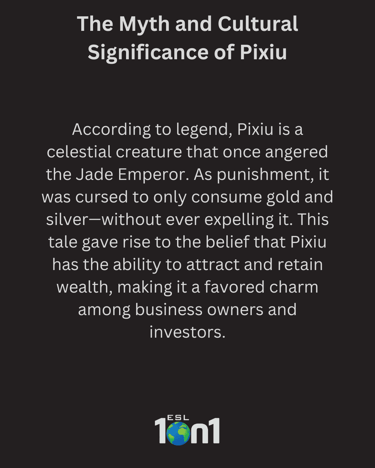
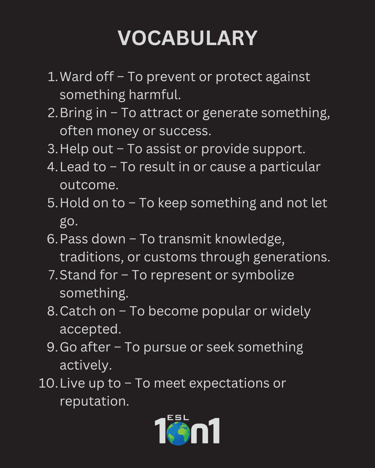




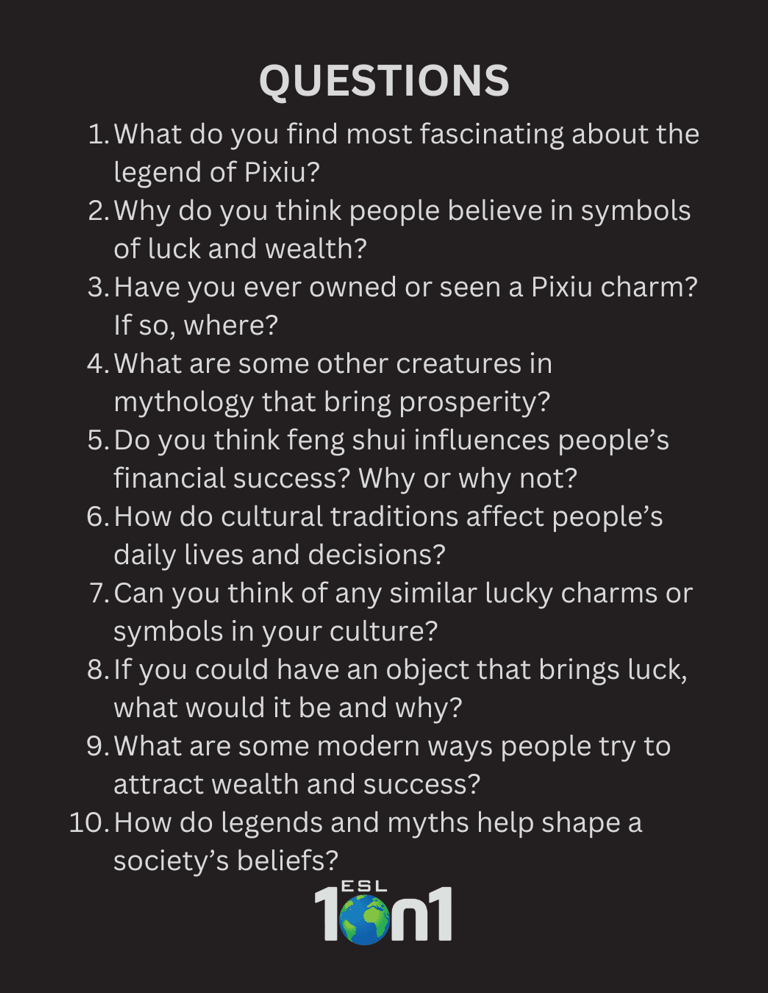

The Hanging Houses of Cuenca: Spain’s Cliffside Marvel
Suspended over the Huécar River, Cuenca’s Casas Colgadas seem to defy gravity with their dramatic wooden balconies and medieval charm. Originally private homes, they now house museums and restaurants, offering breathtaking views of this historic city. A must-visit for architecture lovers!
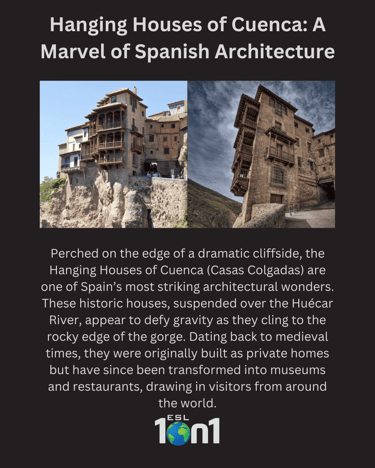
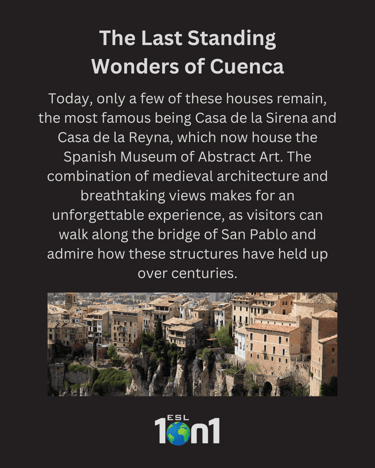
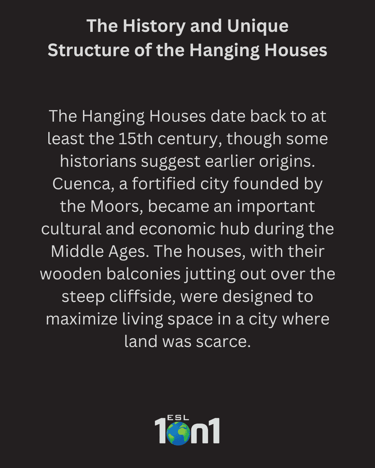
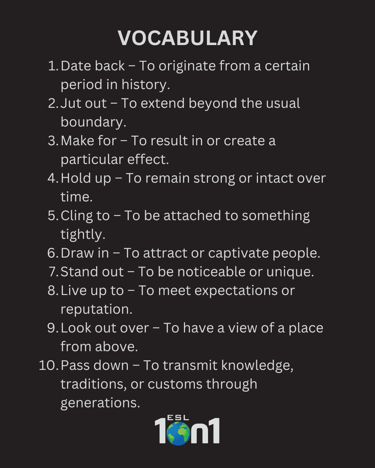




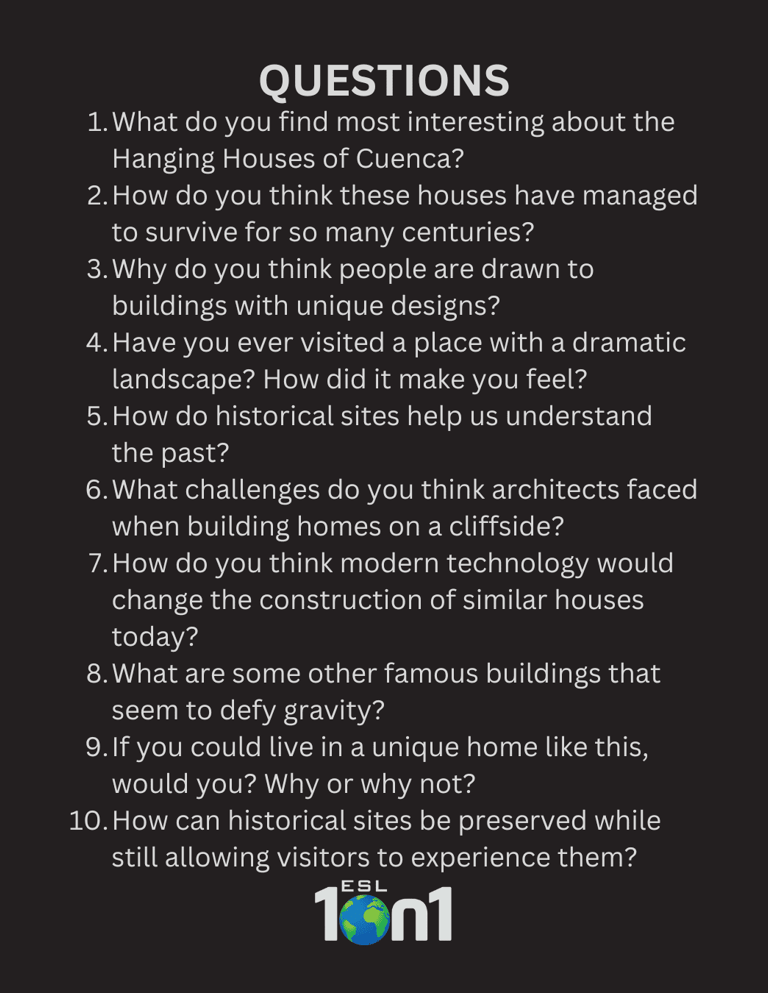

La Alhambra: Spain’s Moorish Jewel
Overlooking Granada, La Alhambra is a breathtaking blend of Moorish artistry and historical grandeur. From the intricate details of the Court of the Lions to the Renaissance influence of Charles V’s Palace, this fortress-palace tells the story of Spain’s rich cultural past. A must-see for history and architecture lovers!
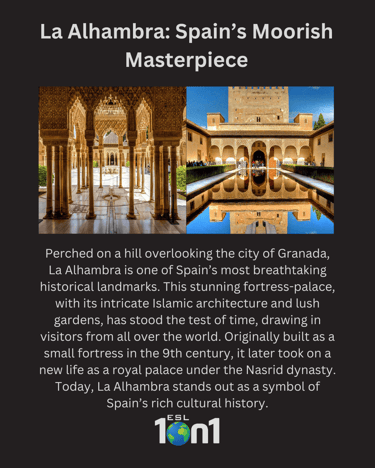
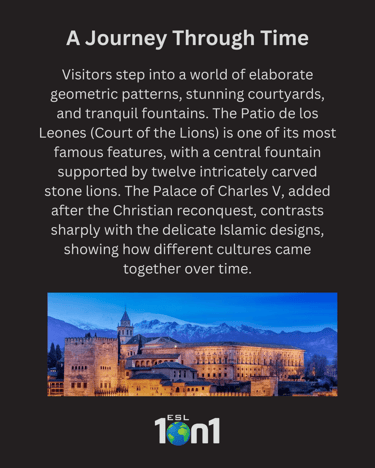
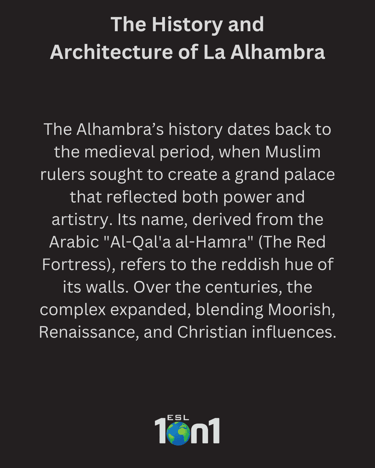
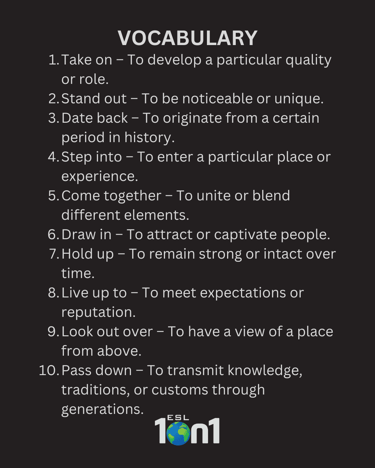




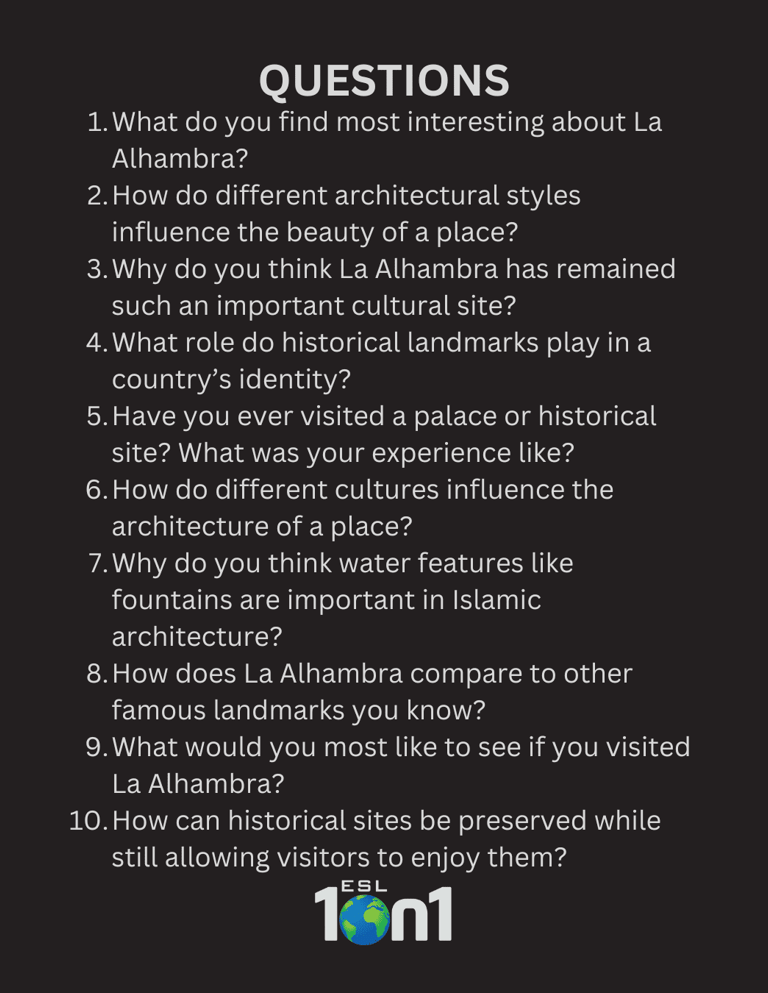

Aokigahara: Japan’s Mysterious Sea of Trees
At the foot of Mount Fuji lies Aokigahara, a dense forest shrouded in both breathtaking beauty and haunting folklore. Known for its eerie silence and deep-rooted legends, this Sea of Trees captivates visitors with its otherworldly atmosphere. A place where mystery and nature intertwine.
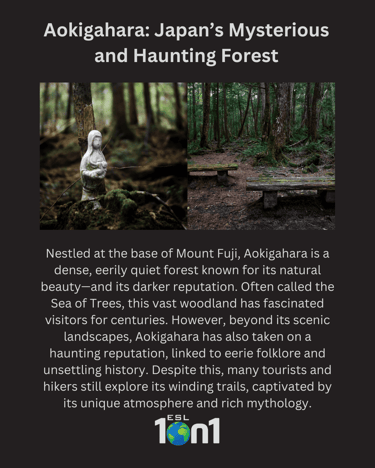
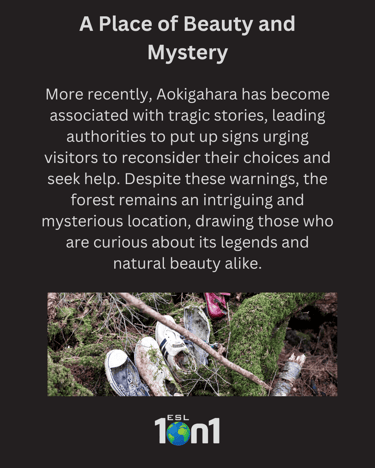
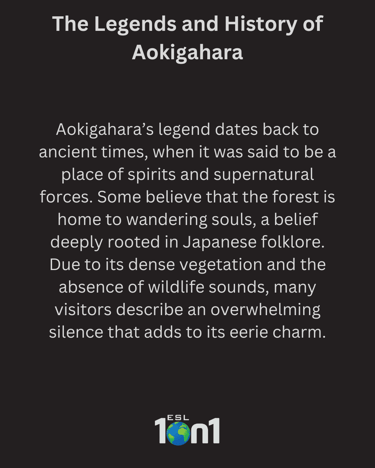
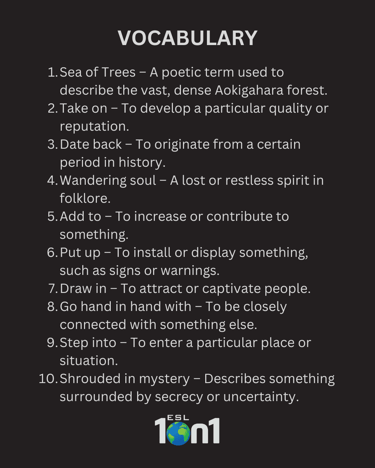




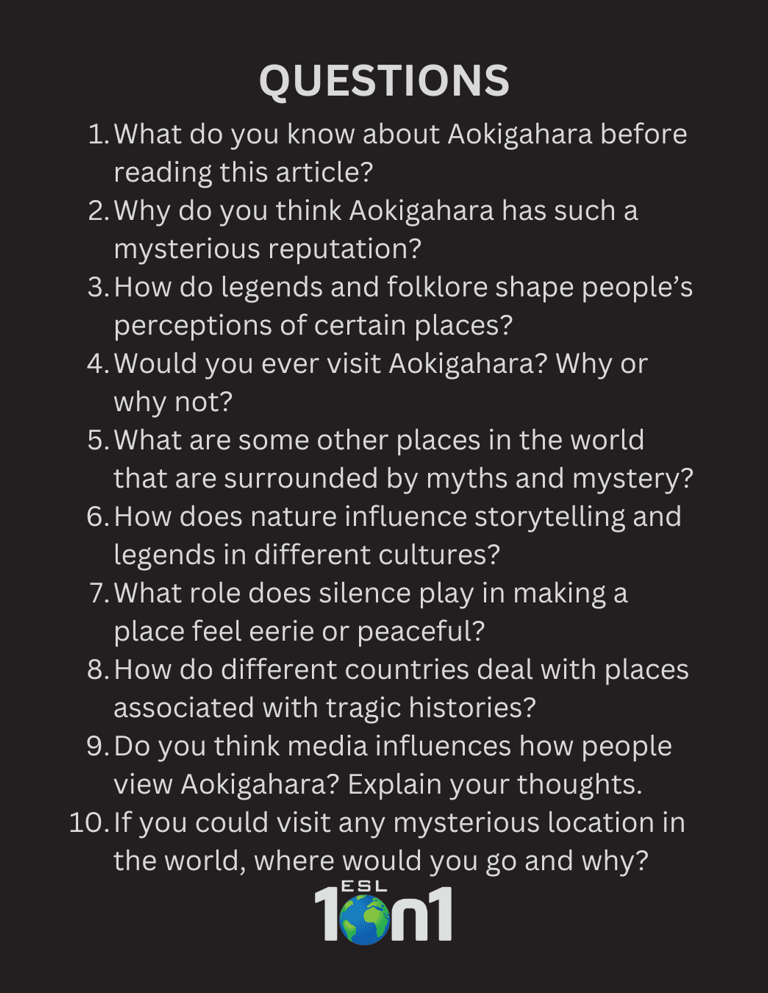

Chupacabra: The Blood-Draining Beast of Latin American Folklore
Have you heard of the Chupacabra? This mysterious creature is said to prey on livestock and capture the imagination of people across Latin America — especially in Puerto Rico, where the legend began!
